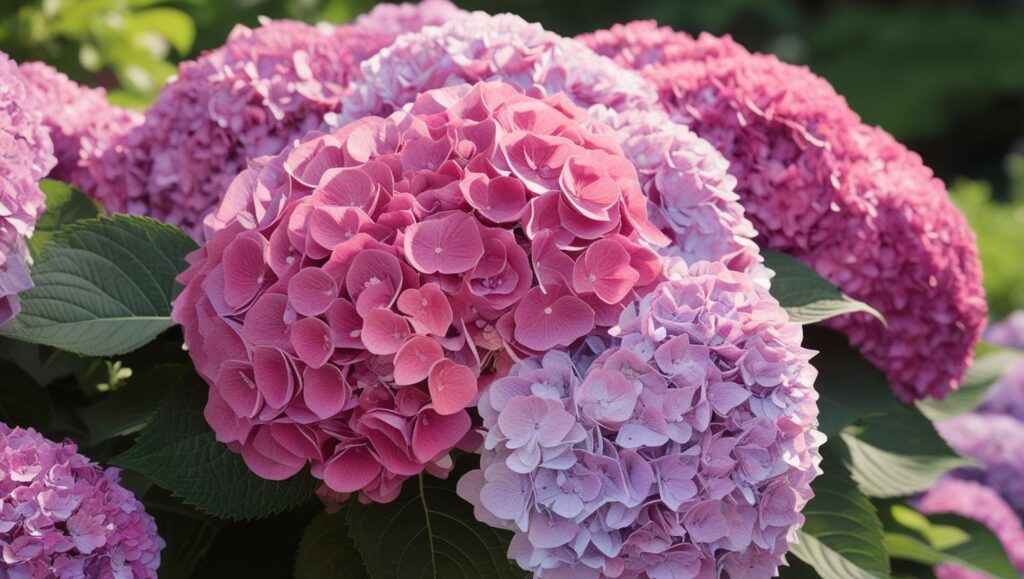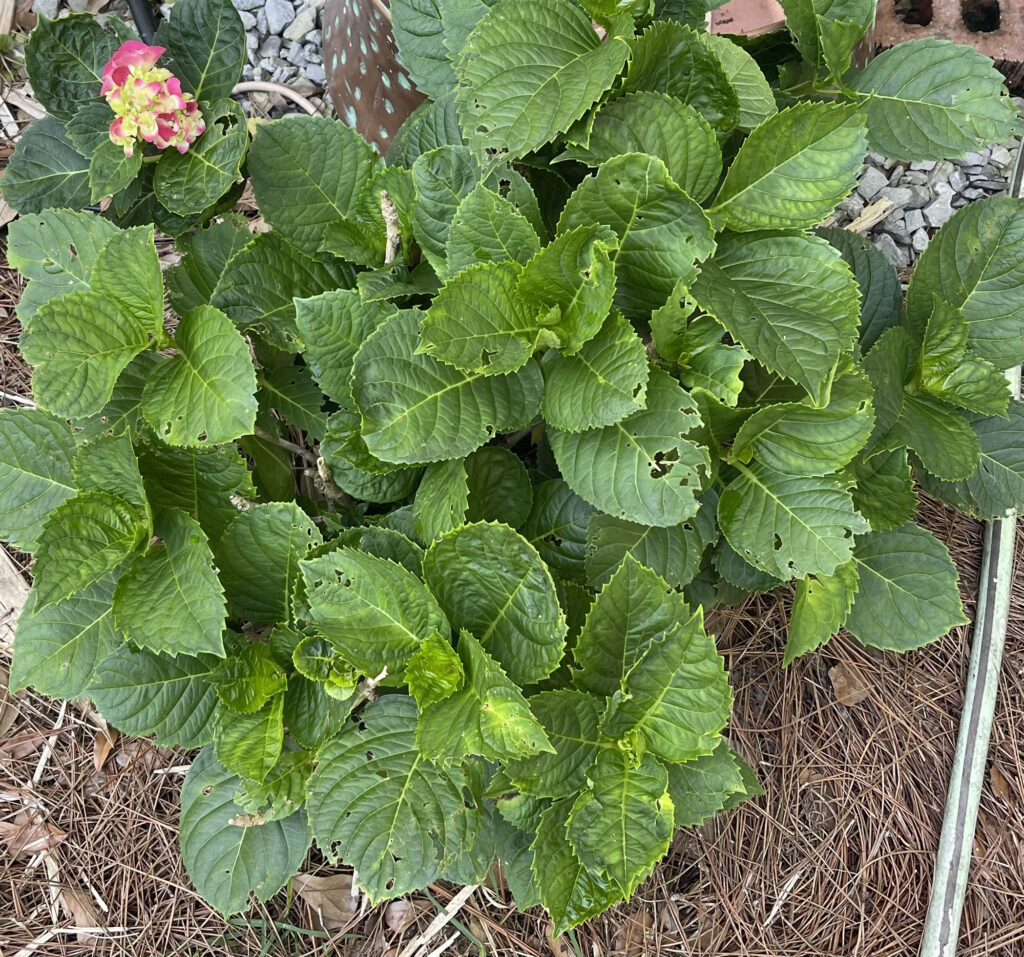
Is it a pure coincidence that I live on Hydrangea lane? I think not! If you know me you know that is one of my favorite flowers! When we moved in our home, I always wanted to plant a row of them, like I had in my past home. Mine are finally thriving, but it isn’t easy to make sure their environment and location are perfect! Maintaining hydrangeas can be a rewarding process, as these beautiful blooms can really brighten up your garden! Here are some tips to keep them thriving:
1. Choose the Right Spot
Hydrangeas prefer partial shade, with morning sun and afternoon shade being ideal. Too much direct sunlight can scorch their leaves, while too much shade can hinder flowering.
2. Water Regularly
Hydrangeas love moisture, so ensure the soil remains consistently damp. Water deeply about 1–3 times a week, depending on your climate and soil type. During hotter months, you may need to water more frequently. You can water the flower directly but also make sure you water the soil around their base.
3. Mulch for Moisture
Apply a layer of organic mulch (like bark or pine straw) around the base of your hydrangeas to retain soil moisture and regulate temperature. It will also help keep the weeds away.
4. Prune Wisely
Pruning depends on the type of hydrangea you have. For example:
– *Bigleaf (Macrophylla)*: Prune after flowering to avoid cutting off next year’s flower buds.
– *Smooth (Arborescens)* or *PeeGee (Paniculata)*: These bloom on new growth, so you can prune in late winter or early spring.
5. Fertilize Sparingly
Use a balanced, slow-release fertilizer in spring or early summer. Over-fertilizing can lead to lush foliage but fewer blooms.
6. Monitor pH for Color Control (optional)
Did you know that you can change the color variations of your blooms? For varieties like *Bigleaf Hydrangeas*, soil pH can influence bloom color:
– Acidic soil (pH < 6) = blue flowers
– Neutral to alkaline soil (pH > 7) = pink flowers
Add soil amendments like aluminum sulfate or garden lime to adjust pH.
7. Protect from Frost
In colder climates, cover your hydrangeas with burlap or mulch to protect them from freezing in winter.
8. Watch for Pests and Diseases
Keep an eye out for aphids, spider mites, or powdery mildew. Treat as necessary with insecticidal soap or fungicides. I noticed holes in the leaves of one of my plants. I checked for mites and treated by applying an insecticidal soap solution to the leaves, ensuring complete coverage, especially on the undersides. Check the under your leaves for mites. If slugs are the culprit, use beer-baited traps to attract and capture slugs.

With these tips, your hydrangeas should flourish beautifully, like mine, rewarding you with vibrant blooms season after season. Are you growing any specific variety, or just looking to keep them happy? Please share your prized pictures!
Happy Gardening!
Amanda
